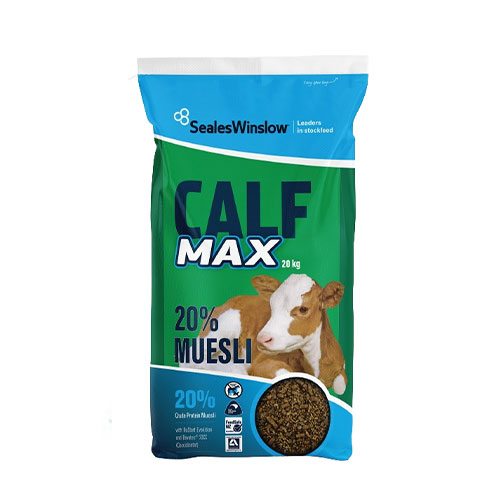The pros and cons of autumn calf rearing
Autumn calving is becoming increasingly popular, and whilst the decision to go to autumn calving is typically not centred around calf rearing, there are some different pros and cons to keep in mind.
The most obvious advantage to calving in autumn is the weather: short days and cold rain, is swapped out for sunshine and longer daylight hours. The benefits of this are seen in two main areas of calf rearing.
The first is related to the calf’s energy demand, and their growth rates. Animals have a ‘thermoneutral zone’, which is the ambient temperature range that does not require them to spend energy on warming up or cooling down. In calves, this range can vary depending on age, dry matter intake and their general condition. In very young calves, the range is 15°c -25°c (1). When temperatures drop below 15°c, the increase in energy requirement can be as much as 27% (1). The downside of this, is that any energy that is spent on keeping warm, cannot go into growing. This is not uncommon to see in the spring, however, conditions are much kinder in the autumn, and the cost to keep warm is little to none. Therefore, it is quite typical for young calves to grow faster in an autumn system, as they have more energy for growth.
The second benefit of an autumn calf rearing system surrounds hygiene. Because conditions are warmer and drier, calf sheds tend to stay clean and dry for longer, and the weather is nice enough to put the calves outside at an earlier age. This not only saves on the bills for extra shed bedding, but it also has big benefits for the calves in terms of bacteria risks. Humid, moist calf sheds with average airflow create the perfect conditions for bacterial growth, causing an increased risk of sickness and disease. Having drier sheds in the early weeks of life, followed by getting calves get outside into fresh air sooner, is significantly better for their health. The healthier calves are, the less energy they spend fighting bugs, the more they grow.
Unfortunately, there can be an unpredictable downside to autumn calf-rearing, and that is feed quality and availability post-weaning. As calves wean off milk, and become more dependent on hard feed, they still need to continue to develop their rumens, and physically grow. Therefore, it is crucial to ensure that their diet remains energy dense and highly digestible. By this time of year, lush autumn-flush pasture, and steady winter sunshine is what everybody hopes for, but it is not uncommon to have to rely on mature summer pasture, and silage over the late autumn/winter period.
Everyday needs to be a growing day for young stock, so to maintain growth rates, and hit live weight targets post-weaning, protein intake is critical. Keeping a good quality, high protein calf meal, such as SealesWinslow’s Calf Max 20% pellets, provides high quality protein for growth, along with starch for rumen development, and all the trace elements required for animal health.
In the winter, don’t be afraid to reintroduce a meal supplement if additional support is needed- SealesWinslow’s Weight Gainer Pellets are a perfect option to top up the diet of a slightly older calf, as they are a more economical pellet that can be fed at as higher feed rate if required.
Talk to our customer services team, or your local TSR today for more information on these products.
References:
1. National Research Council. Nutrient Requirements of Dairy Cattle. 7th Ed. 2001.

Calf Max 20%
SealesWinslow Calf 20% Muesli is the ideal starter feed for young calves. It has been specially formulated to be nutritionally balanced, provide high energy, taste great and be easily digested.

